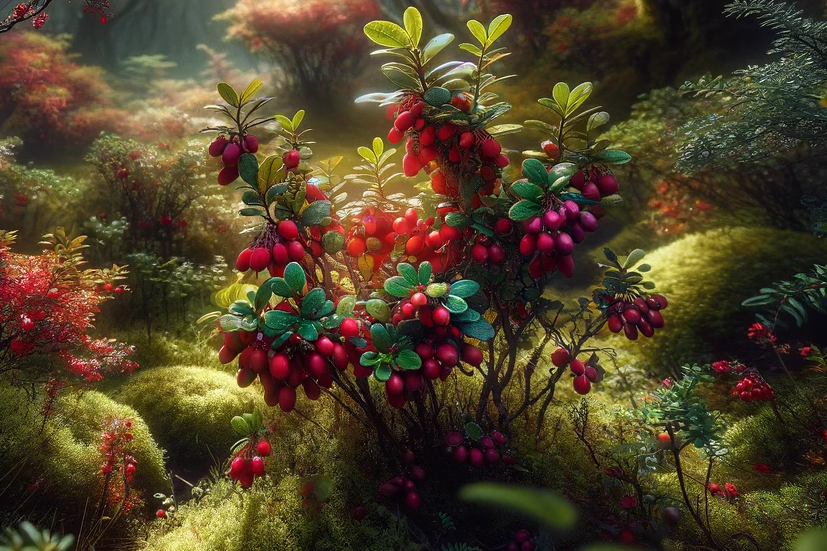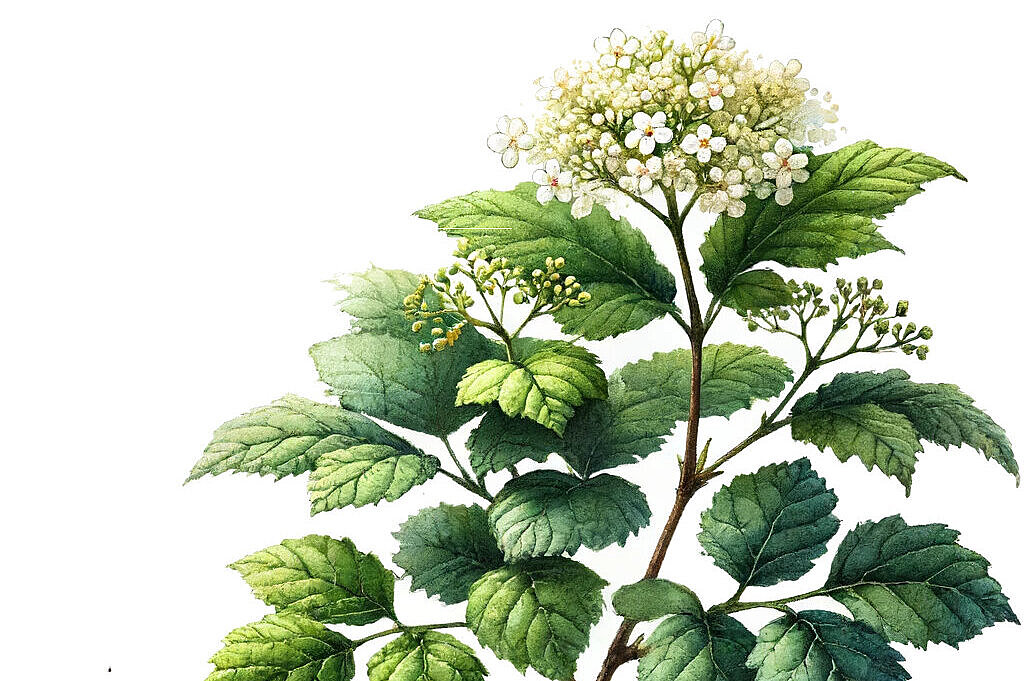Mahonias

What are mahonias?
Mahonias belong to the Berberidaceae family and are closely related to the barberry. They are known for their evergreen, spiny leaves, which resemble those of holly, as well as their yellow flowers, which appear in spring, and their blue to black berries, which appear in late summer and fall. Mahonias are popular in many parts of the world, both as ornamental plants in gardens and in the wild.
The attraction of mahonias
Aesthetic value
With their bright flowers and glossy berries, mahonias make an attractive addition to any garden or park. Not only do they provide year-round visual interest, but they also attract birds and beneficial insects.
Easy to care for
Mahonias are hardy plants that thrive in a variety of soil types and require relatively little maintenance. They are a good choice for gardeners looking for a low-maintenance yet eye-catching plant.
Potential risks for dogs
Despite their beauty and low maintenance, mahonias can pose certain risks to dogs. It is important to be aware of these potential hazards to ensure the safety and health of our pets.
Toxicity
Mahonia leaves and berries contain alkaloids that can cause health problems in dogs. Ingestion can cause symptoms such as vomiting, diarrhea and lethargy. In severe cases, the central nervous system may be affected.
Risk of injury
The prickly leaves of the mahonia can pose a risk of injury to curious dogs moving through the undergrowth. Cuts and scratches are possible, especially around the eyes and face.
Preventive measures and recommendations for action
To minimize the risk to dogs, it is advisable to take some precautions:
- Plant mahonias in areas that are difficult for dogs to access or fence them off to avoid direct contact.
- Watch your dog carefully when playing or walking near mahonias and train him not to eat the plants.
- Remove fallen berries from the ground to prevent your dog from eating them.
A double-sided leaf
Mahonias can be a stunning addition to gardens and parks, but come with potential risks for our dogs. With deliberate placement and proper precautions, the beauty and benefits of these plants can be enjoyed while ensuring the safety of our four-legged friends. It is important to find a balance between the aesthetic enrichment of our living space and the welfare of our pets.
If you notice any signs of hypersensitivity or poisoning in your dog, you should see your vet immediately. We are not a substitute for a vet, but we try to be as accurate as possible. Every dog reacts differently and we recommend you get a second opinion or consult your vet if in doubt.
Stay healthy and take good care of your four-legged friend!😊
Similar to Mahonias
Barberries, also known as sour thorn, belong to the genus Berberis and are mainly native to Europe, Asia and Africa. These berries are characterized by their bright red color and sour taste. They...
Holly (Ilex aquifolium) is an evergreen shrub or tree that belongs to the holly family. It grows in gardens, parks and forests in Europe and has shiny, leathery leaves that are often serrated. From...
The term "snowball" refers to a number of plant species from the genus Viburnum. This genus includes over 150 different species, which are valued both as ornamental shrubs and for their robust,...
The cotoneaster is a genus of plants within the rose family, characterized by its hardy nature and attractive, often berry-like fruits. Although mainly valued as an ornamental plant, it is these...



